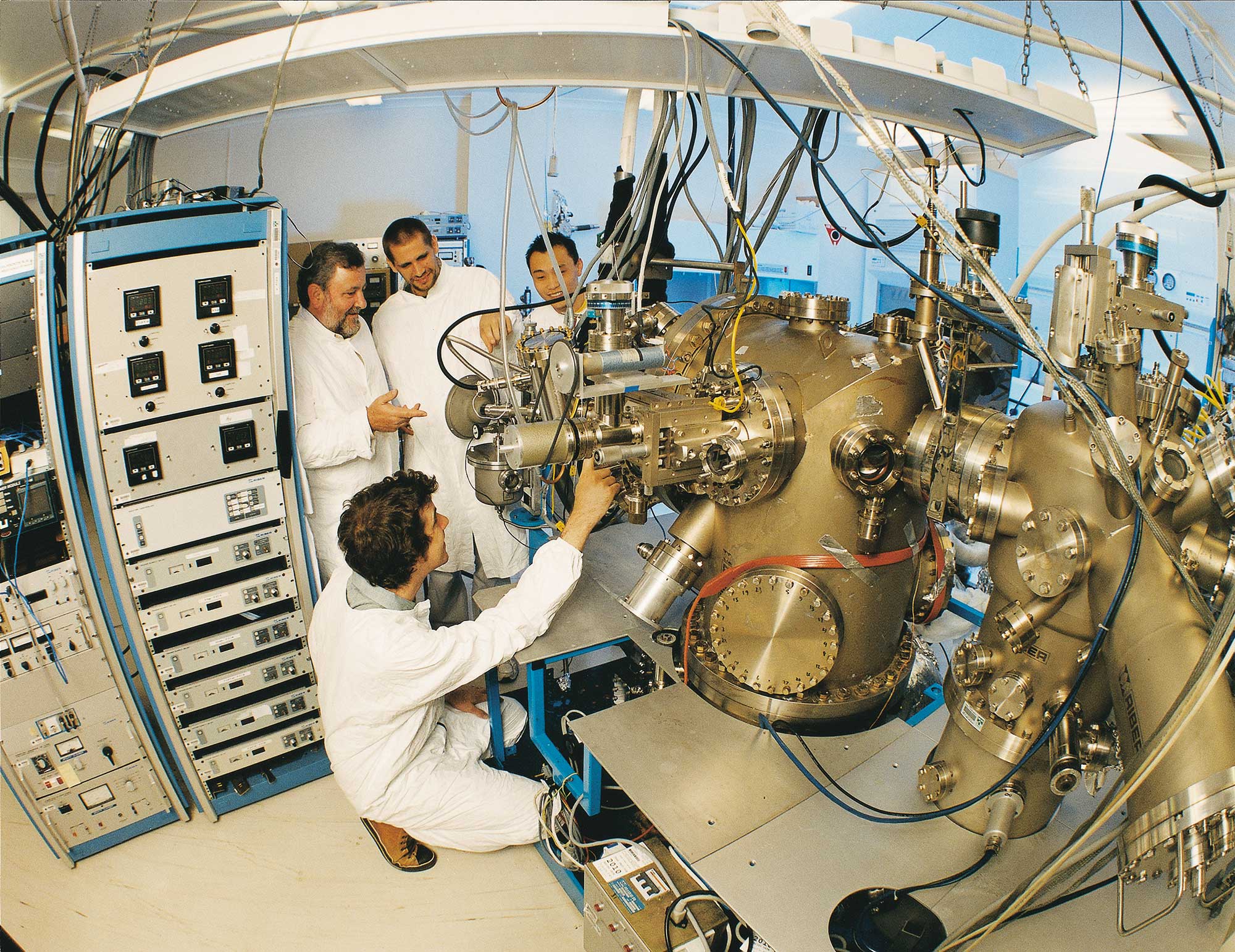
Electron Beam Lithography (EBL) allows users to write patterns with extremely high resolution, smaller than 10nm in size. It makes use of a highly energetic, tightly focused electron beam, which is scanned over a sample coated with an electron-sensitive resist. The electron beam scans the image according to a pattern defined on a CAD file. The sample is then developed in an appropriate solvent which reveals the structures defined into the resist. This acts as a mould for subsequent pattern transfer techniques such as dry etching ormetal lift-off.Due to the high-resolution nature of the technique, EBL has a vast range of applications including nano-electronics, photonics, plasmonics, nano-fluidics, MEMS, x-ray and neutron optics.

